It was only a short 11 nautical mile sail from Bangor to Belfast. The wind forecast was 20 knots but on the lough we had a 30 knots of wind from south. By staying close to the south shore of the lough there were no waves and with only a little bit of genoa out we made another speed record of this summer with 8.8 knots of speed through water.
The Belfast Marina is situated at the end of the commercial harbour. There are many guides in different pilot books and websites about where to sail and how to ask the permission for entry on VHF. The rules are rather complicated and made for big ships. It is all much easier for pleasure vessels. It is ok to sail outside the dredged Victoria Channel until the marker buoy number 12. Then take the sails down and ask the permission to entry on VHF channel 12. If commercial traffic is permitting you’ll be granted the entry permission to drive to Abercorn Basin where the marina is located. That’s all.
There isn’t much information available about Belfast Marina. Even in the newest Reeds Almanac it is only mentioned to exist. The marina is however very nice small establishment with 40 berths. It is also much cheaper than other marinas nearby, £16.5 regardless of the size of the boat. This price also includes electricity and water.
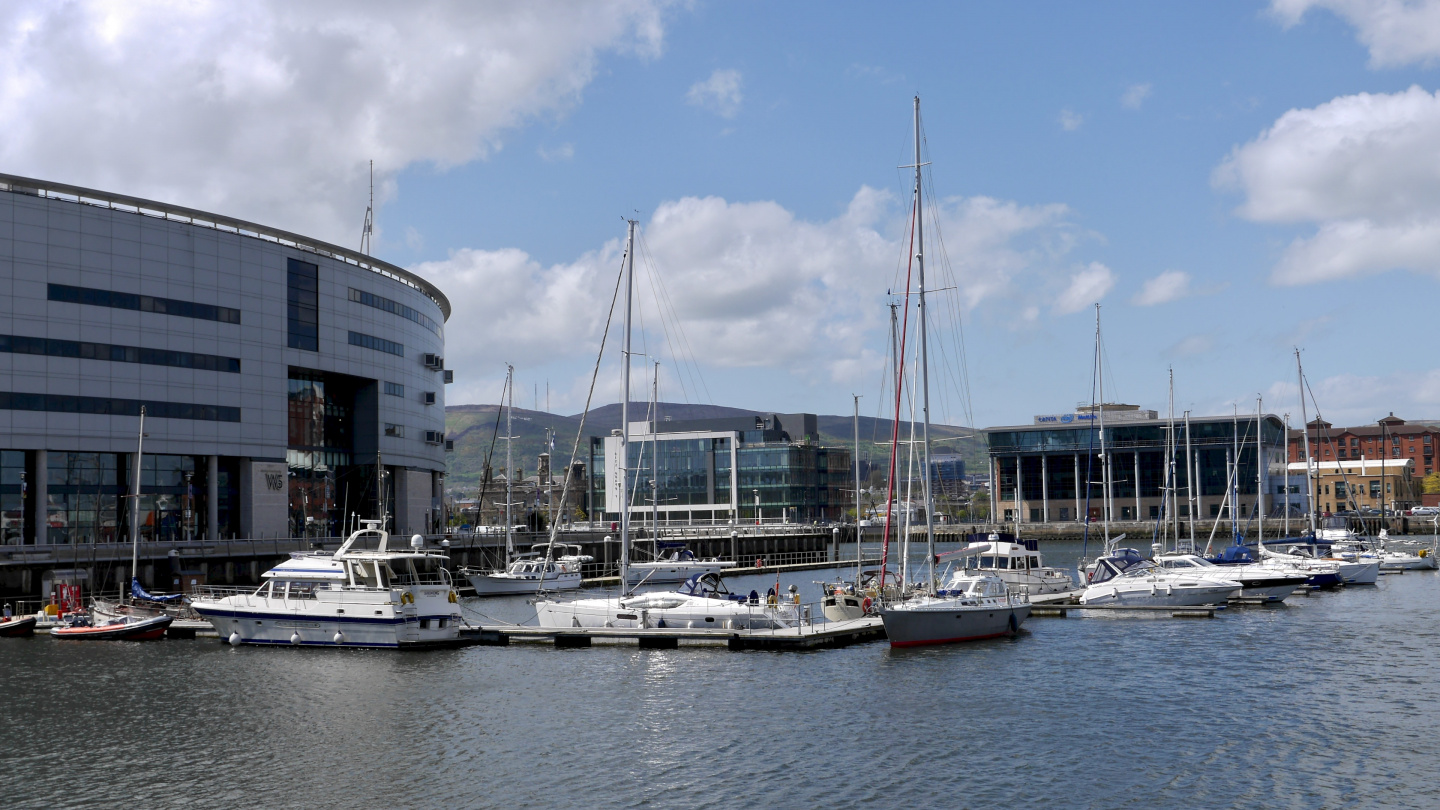
The marina is located on the eastern shore of the river Lagan between Titanic centre and Odyssey pavilion. It only takes 15 to 20 minutes walking for reaching the city centre.
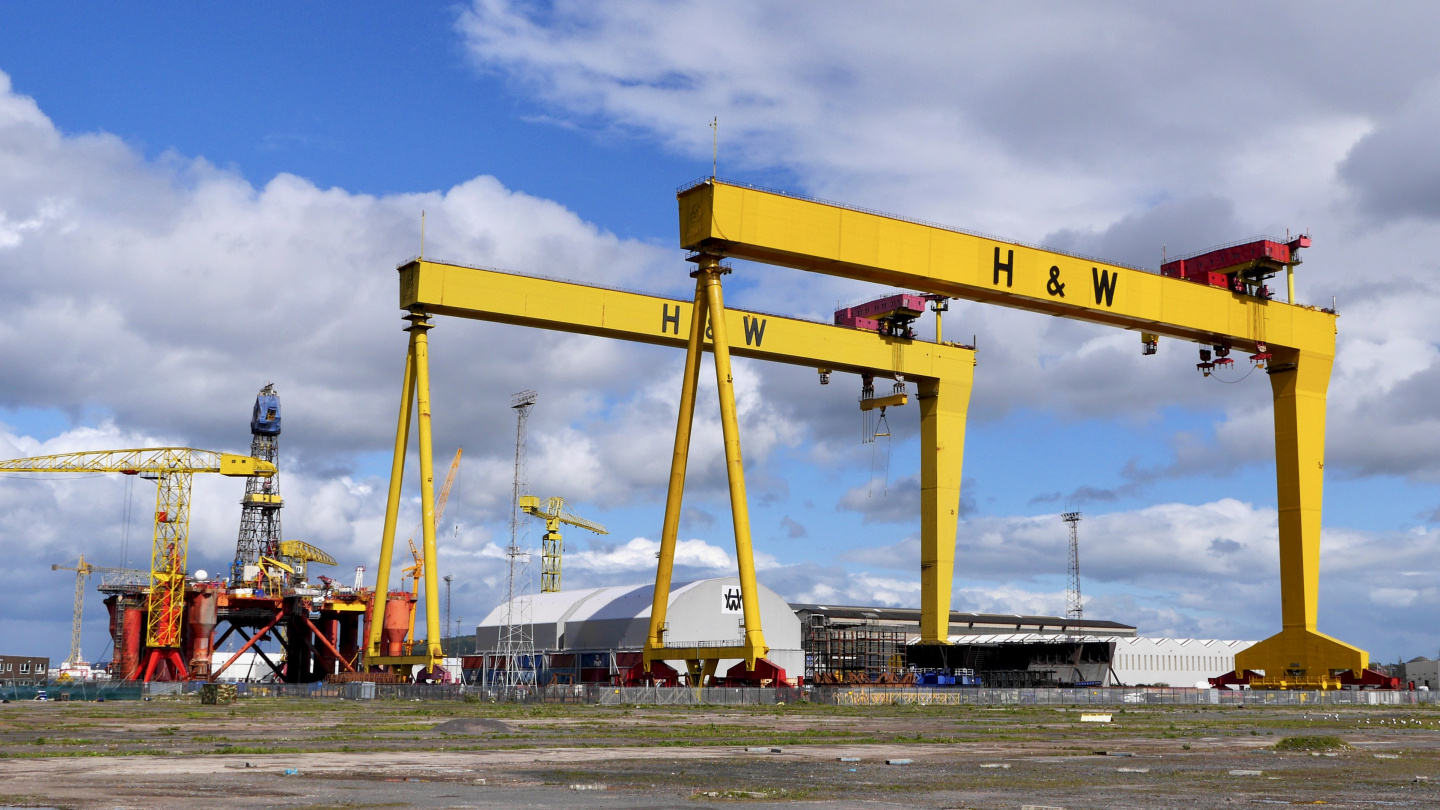
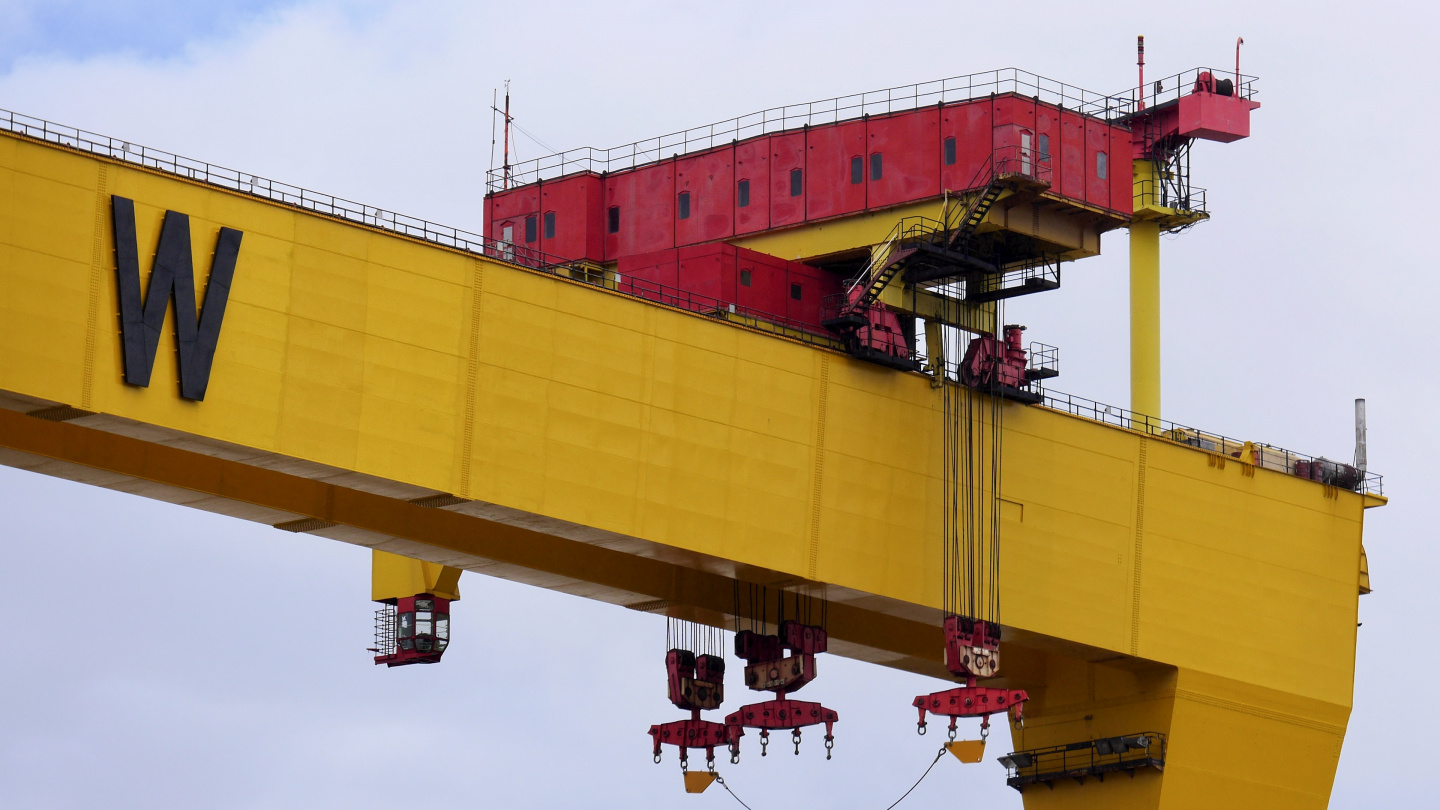
We also visited Titanic centre and I must say that it was some kind of a disappointment. It is technically well executed and looks great. It can be seen that a lot of money has been used for building the presentations. However it felt that somehow it missed the point completely. The exhibition mainly focused on the shipyard during the building of Titanic in Belfast. There were animations for example about how many eggs were loaded aboard but information about the ship itself and its technological achievements in whole shipbuilding industry was very sparse. Also the last moments of Titanic were presented briefly. Of course for Belfast it has been enormous industrial effort to build the ship.
Next to the Titanic centre there was S/S Nomadic that was a tender to Titanic and other White Star Line ships in Cherbourg harbour. Quite a dinghy it was, with a capacity of transferring a thousand people at a time aboard ship. It was interesting to note that the benches and chairs were made for much smaller persons.
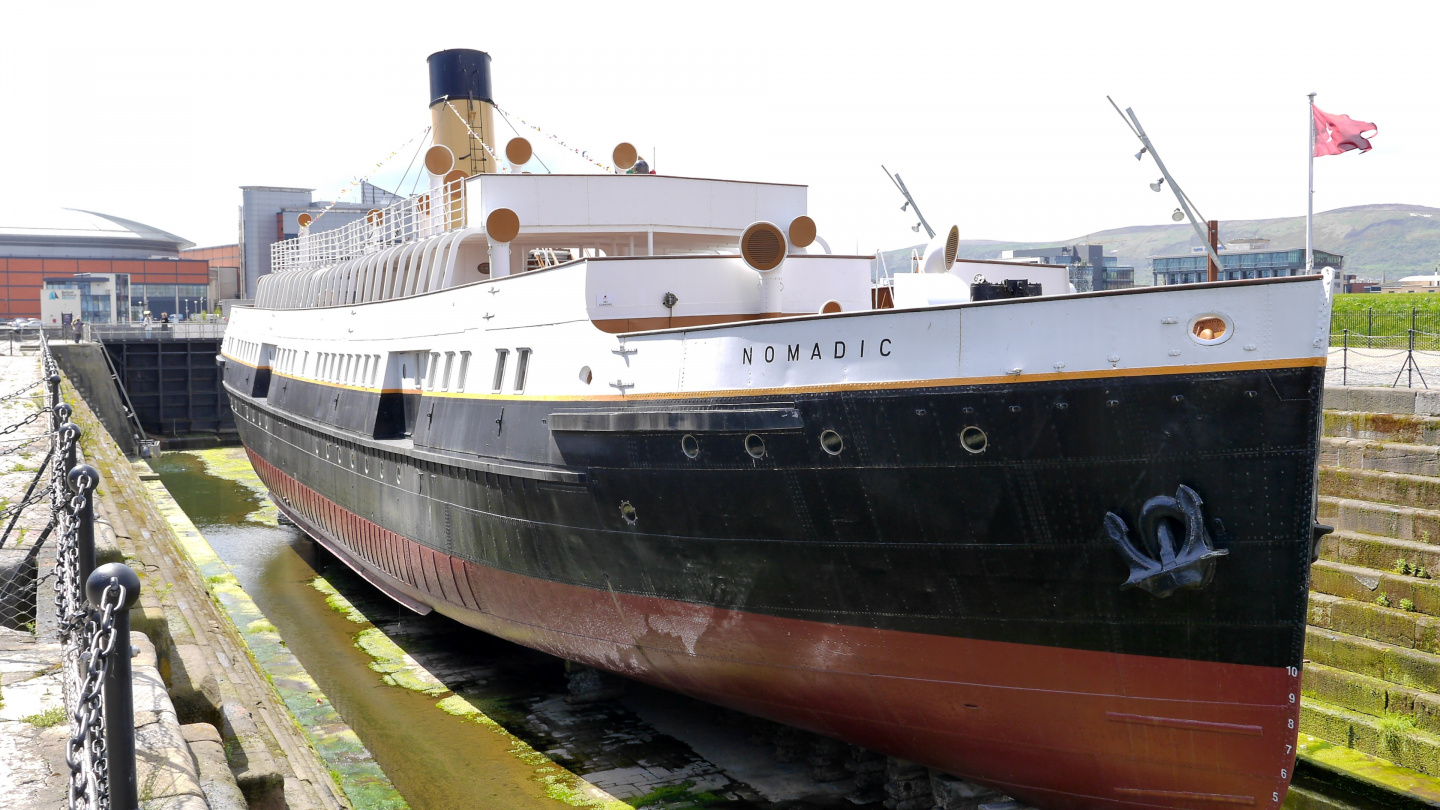
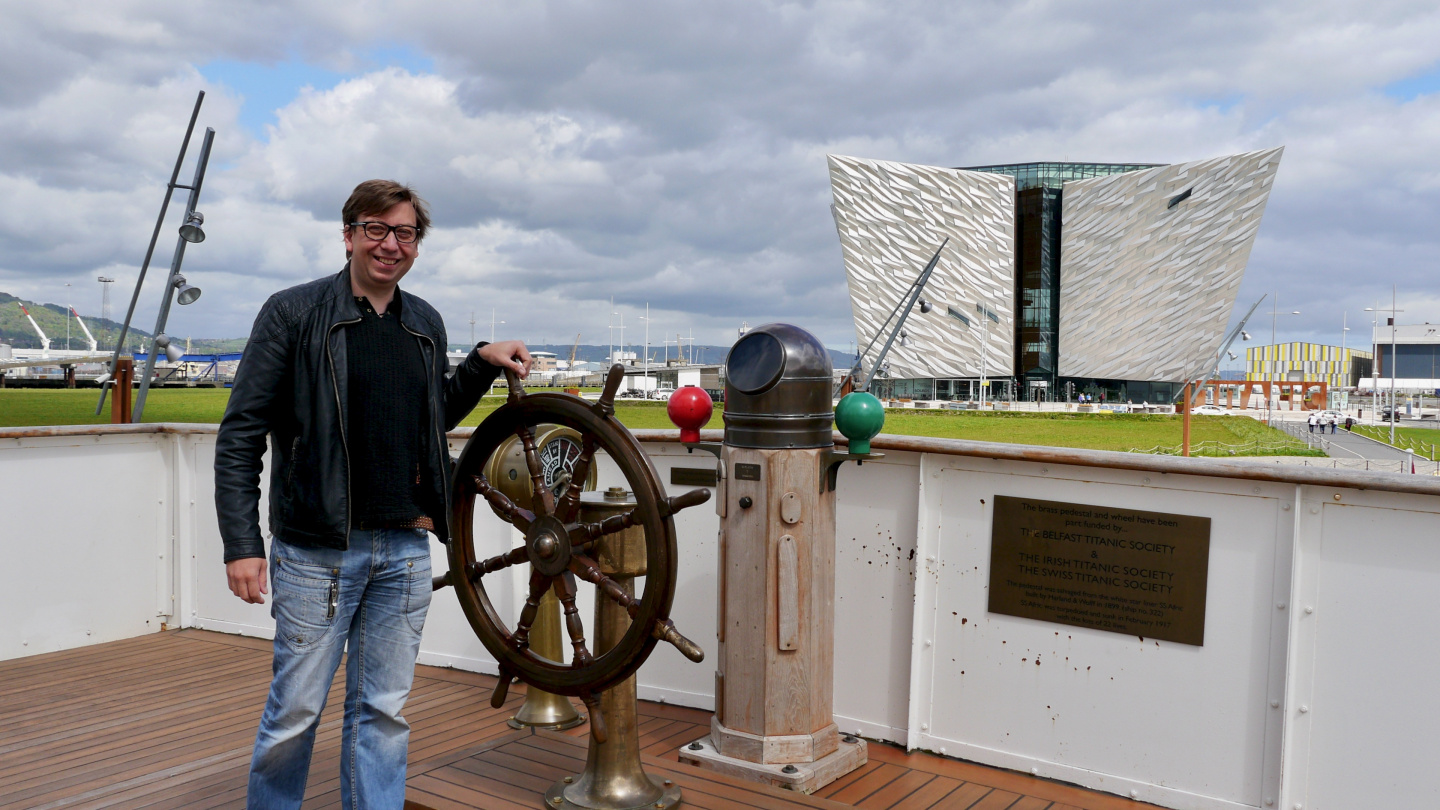
One evening while returning to Suwena there was a test swim for Belfast Sea Cadets. Their task was to swim across the marina. There were shouting and puffing while the sea cadets, with their clothes and shoes on, were swimming in 12-degree water. Everybody passed the test and soon the happy swimmers run for a hot shower. I myself wouldn’t dare to be in such cold a water, even with the clothes on.
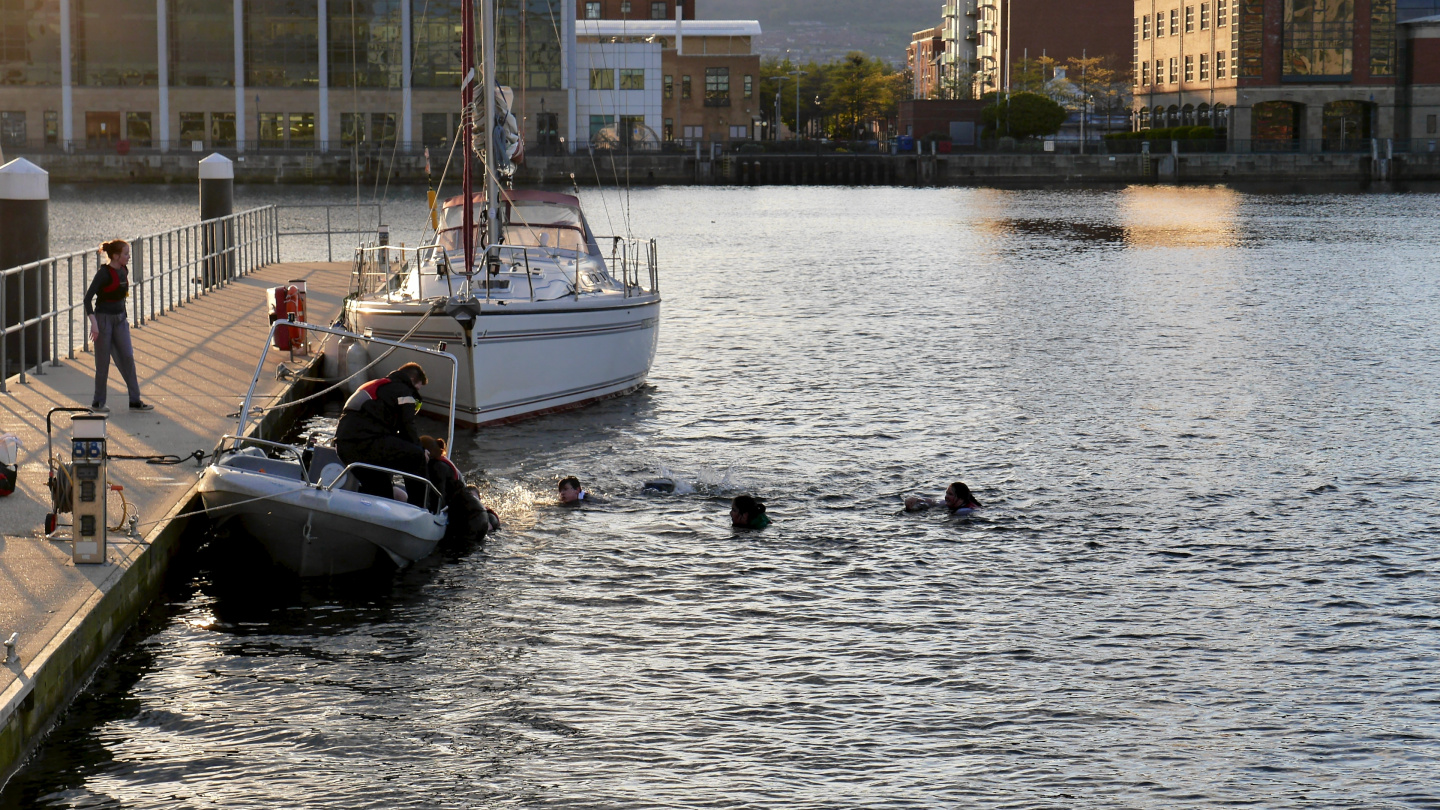
We found Belfast to be a comfortable modern city. The streets of centre look new and clean. After the Good Friday Agreement in 1998, Belfast has had quite a transformation. There are many new buildings and trees have been planted as well. The tourists were strolling happily among the friendly locals in the downtown. There were no signs of the troubles of the past decades.
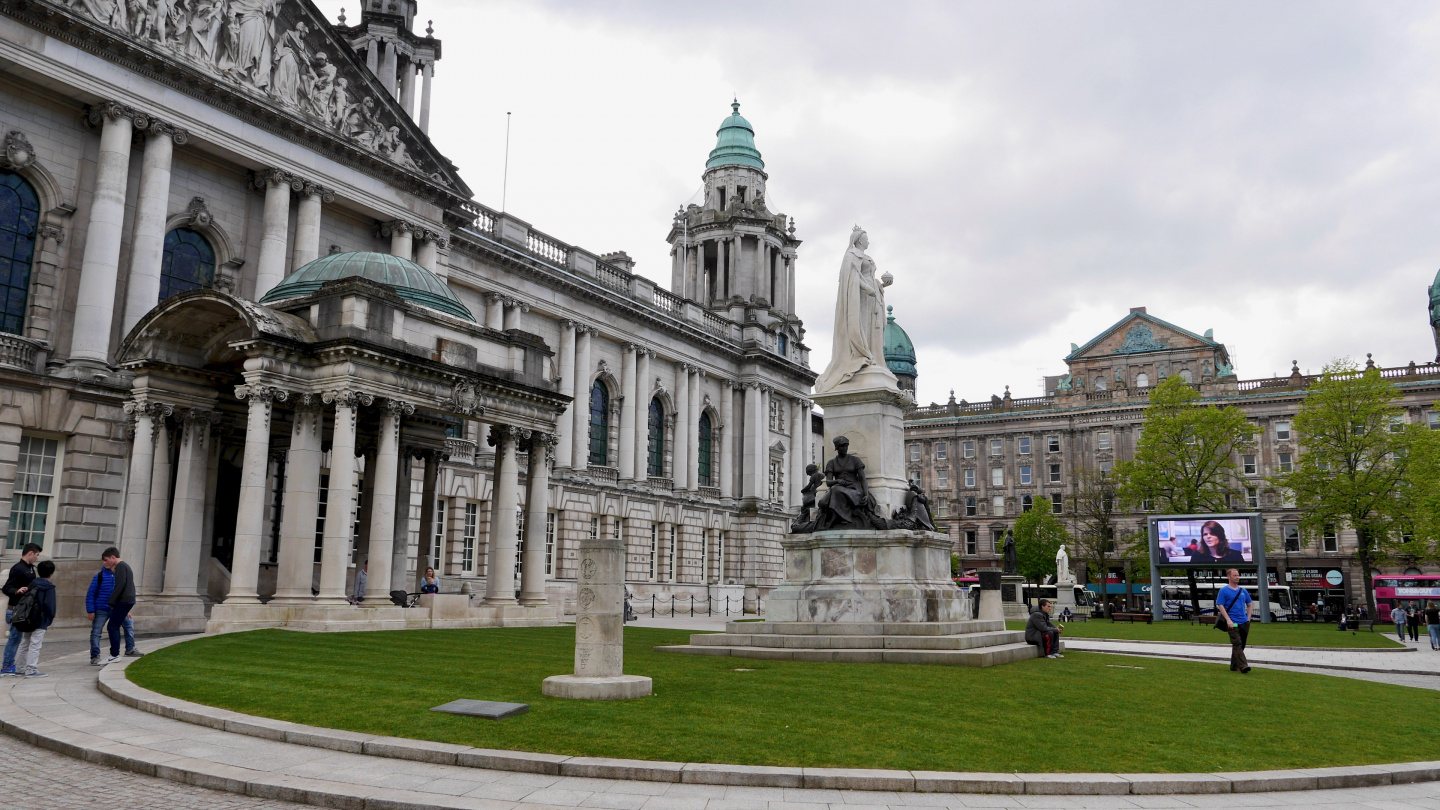
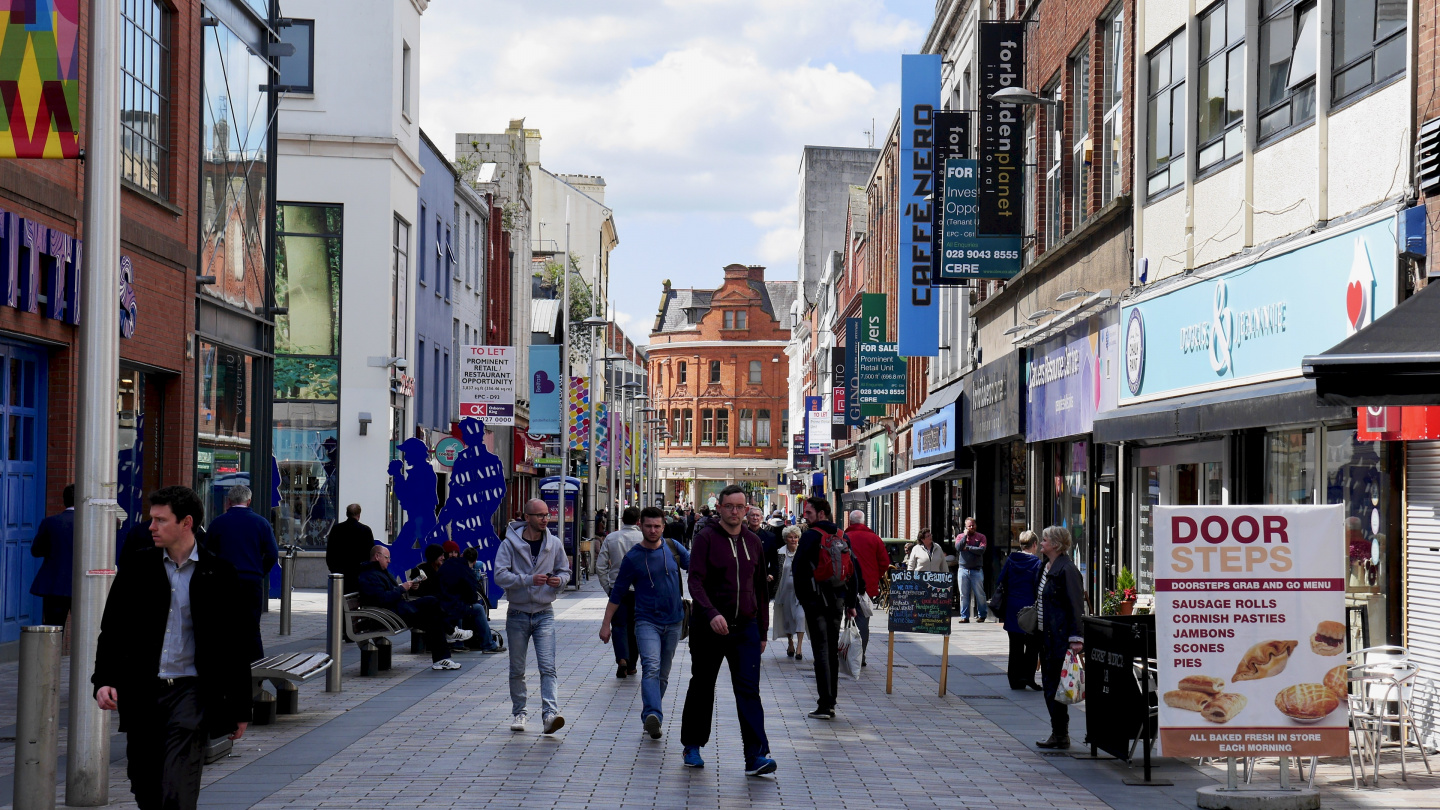
However the separation of Belfast was still visible in West Belfast when we hired a black cab for sightseeing. The tour was really enlightening and interesting. We went around both the catholic and protestant areas.
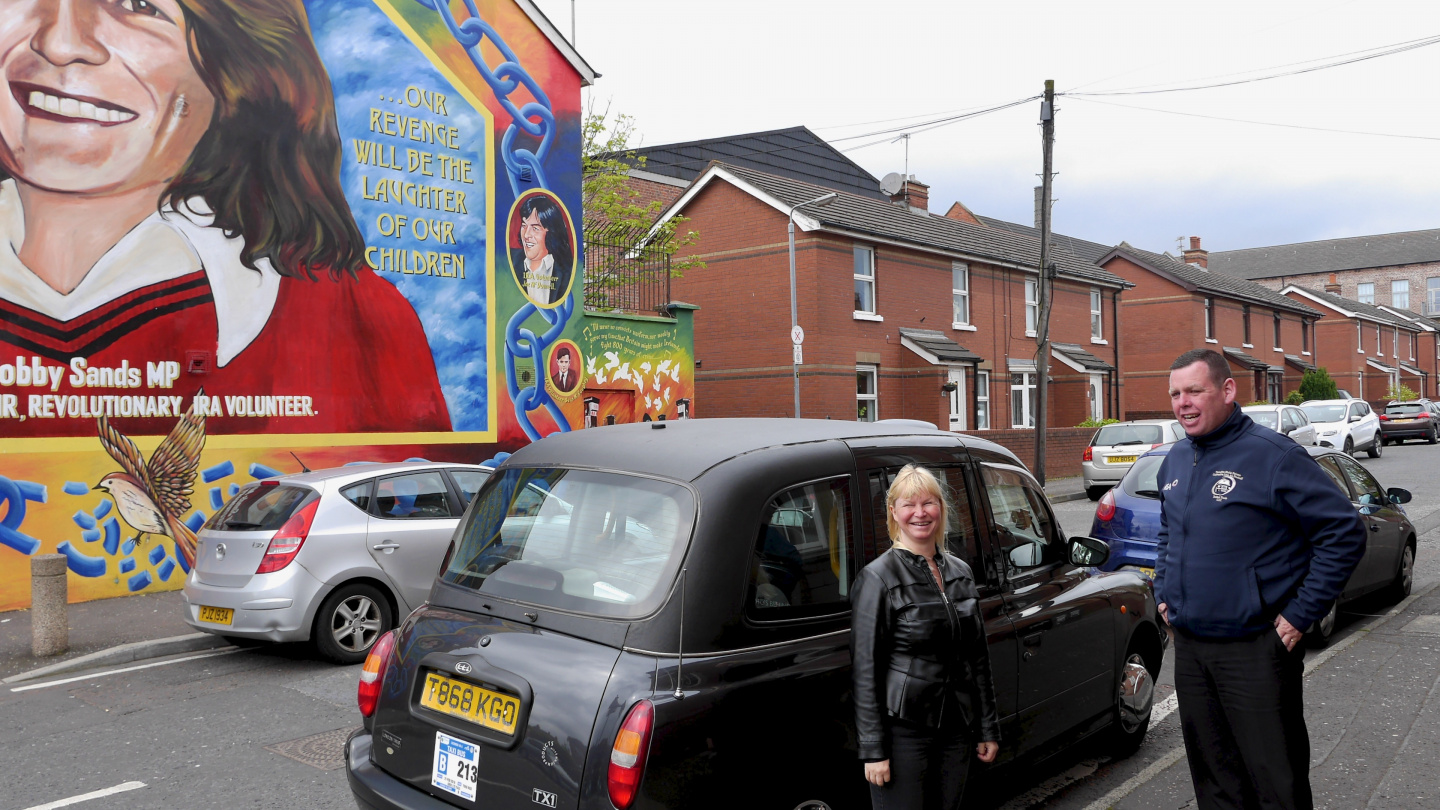
Our taxi driver was a catholic. He told equally and in an interesting way the view of both sides for the whole duration of the troubles. He also told the story behind each famous wall painting called mural that we stopped to look at in West Belfast and there are quite a few of them.
Even if the city centre feels modern and clean, still the tour in West Belfast showed the scars of resent history. There is still a wall between Protestant and Catholic residental areas. The barbed wire is still on the top of the wall and nearby houses have protected from above their back yards with chicken wire nets. The three gates in the wall are closed every evening for the night, two at 10pm and one already at 7pm.
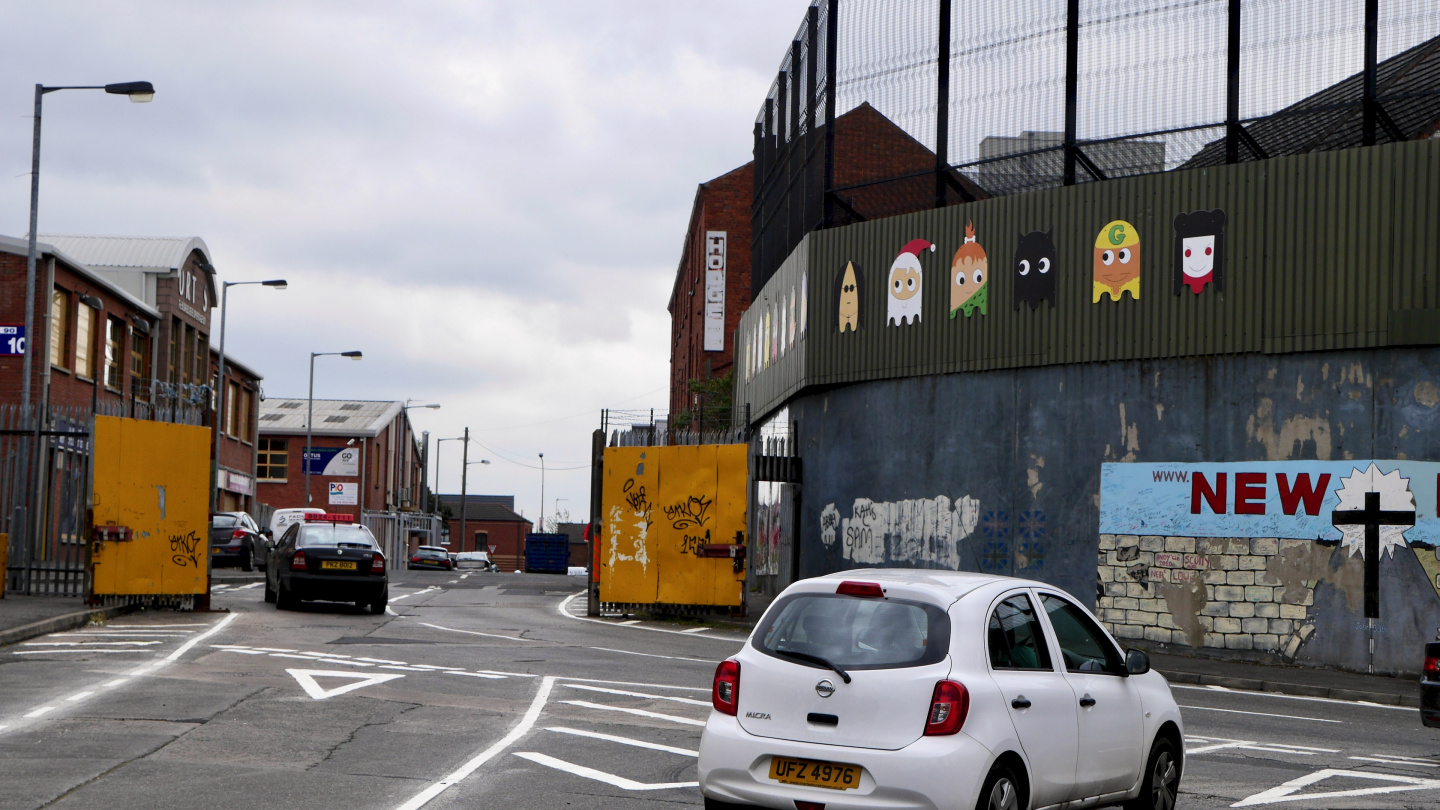
Also the taxis have marked with colour stickers, so the customer knows which to take Catholic (white), Protestant (yellow) or neutral (green-tagged) taxi. During the first days it looked like the separation is in the past but after staying we learned to notice still the signs left by the history of the troubles.
Overall the peace process has been amazing. In just 17 years Belfast has rebuilt its reputation from a warzone to a modern lifestyle city. Everywhere the feeling is positive and we can only hope that the people in other trouble areas all around the world could follow Belfast’s footsteps. Like our taxi driver commented: “The troubles were not about religion or money. It was about somebody feeling being mistreated. The only way to end the war is that nobody wins it and people learn to coexist again, Like for example the children going to the same schools.”

